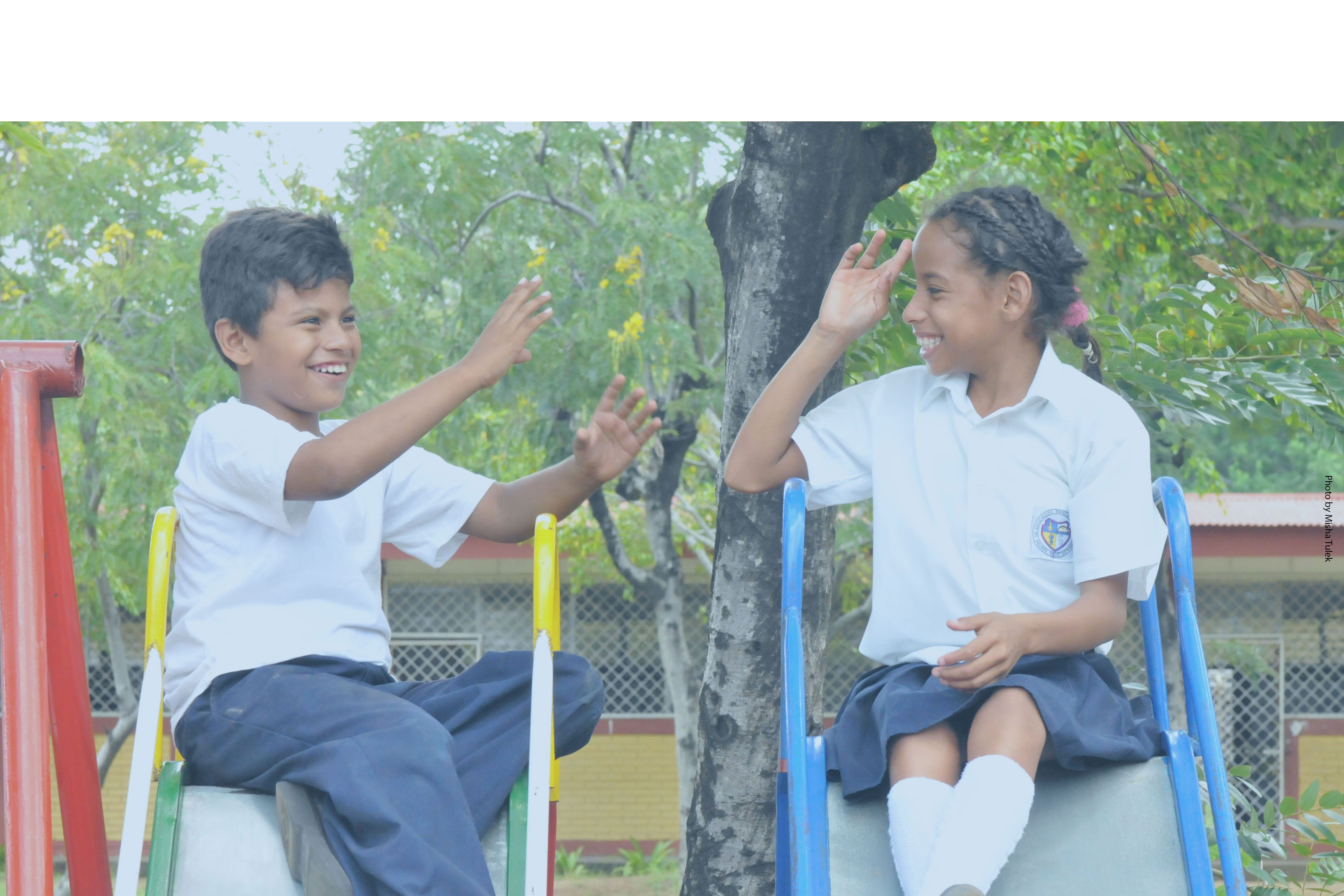

Nosotros estudiamos las potentes habilidades que permiten que los niños sean tan adeptos su aprendisaje de un idioma. ¿Cuál es la naturaleza de estas habilidades? ¿Qúe papel juegan en la creación de nuevos idiomas ? ¿En el cambio de idiomas durante las generaciones? ¿Como interactúan con otras habilidades cognitivas? Nosotros enfrentamos estas preguntas a mediante del estudio del Idioma de Señas de Nicaragua (ISN), creado durante los últimos 40 años y mantenido por una nueva generación de niños y adolescentes sordos.
Estamos agradecidos por ser soportado por el Instituto Nacional de Salud/NIDCD desde 2002.
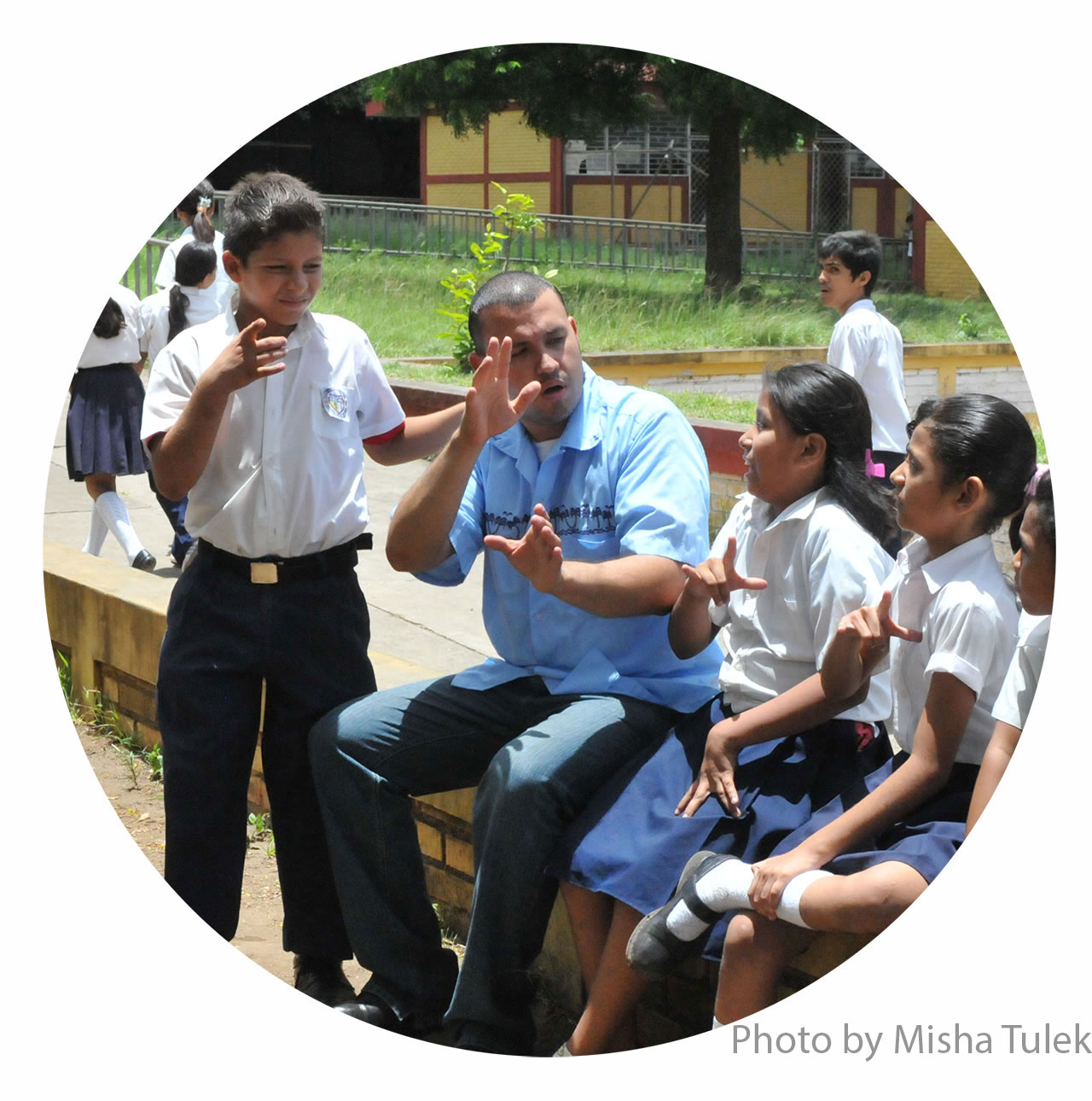
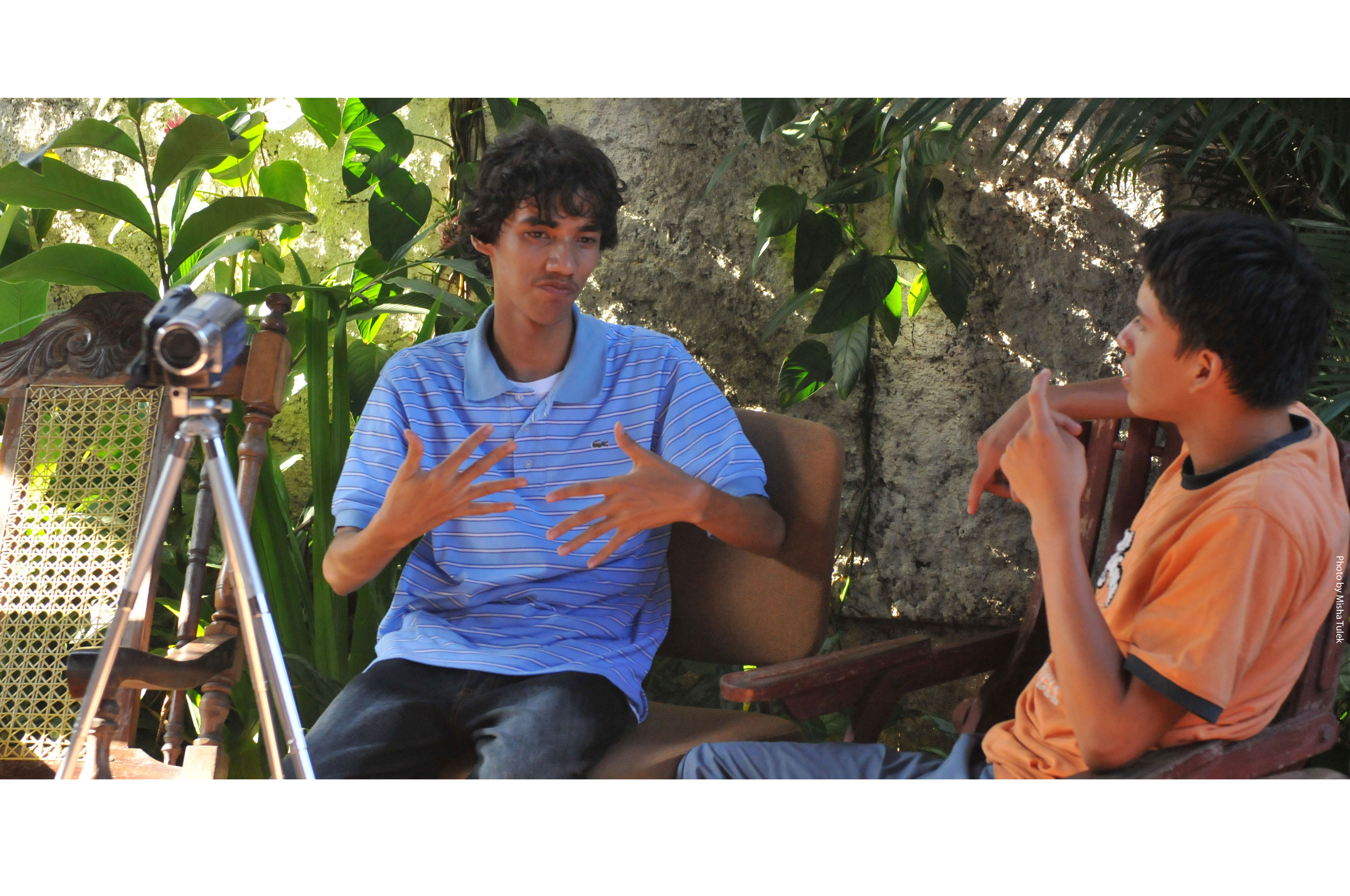
Rissman L., Horton L., Flaherty M., Coppola M., Senghas A., Brentari D. and Goldin-Meadow S. (2016). Strategies In Gesture And Sign For Demoting An Agent: Effects Of Language Community And Input. In S.G. Roberts, C. Cuskley, L. McCrohon, L. Barceló-Coblijn, O. Feher & T. Verhoef (eds.) The Evolution of Language: Proceedings of the 11th International Conference (EVOLANG11). http://evolang.org/neworleans/papers/158.html
Horton, L., S. Goldin-Meadow, M. Coppola, A. Senghas, D. Brentari. (2015). Forging a morphological system out of two dimensions: Agentivity and number. Open Linguistics, doi: 10.1515/opli-2015-0021
Brentari, D., M. Coppola, and A. Senghas (In press). Handshape complexity as a precursor to phonology: Evidence from acquisition and conventionalization in mature and emerging sign languages. Language Acquisition.
Kocab, A., J. E. Pyers, and A. Senghas. (2015). Referential shift in Nicaraguan Sign Language: A transition from lexical to spatial devices. Frontiers in Psychology, 5:1540. doi: 10.3389/fpsyg.2014.01540
Goldin-Meadow, S., D. Brentari, M. Coppola, L. Horton, and A. Senghas. (2014). Watching language grow in the manual modality: Nominals, predicates, and handshapes. Cognition. doi: 10.1016/j.cognition.2014.11.029
Goldin-Meadow, S., D. Brentari, M. Coppola, L. Horton, and A. Senghas. (Revising to resubmit). Watching language grow in the manual modality: How the hand can distinguish between nouns and verbs.
Kocab, A., J. E. Pyers, and A. Senghas. (Under review). Referential shift in Nicaraguan Sign Language: A transition from lexical to spatial devices.
Brentari, D., M. Coppola, and A. Senghas. (Revising to resubmit). Handshape complexity as a precursor to phonology: Evidence from acquisition and conventionalization in mature and emerging sign languages.
Rabagliati, H., A. Senghas, S. Johnson, and G. F. Marcus (2012). Infant rule learning: Advantage language, or advantage speech? Public Library of Science PLoS ONE 7(7): e40517. doi:10.1371/journal.pone.0040517 [Link]
Flaherty, M. and A. Senghas (2011). Numerosity and Number Signs in Deaf Nicaraguan Adults. Cognition, 121, 427-436.
Senghas, A. (2010). The emergence of two functions for spatial devices in Nicaraguan Sign Language. Human Development, 53, 287-302.
Pyers, J. E., A. Shusterman, A. Senghas, E. Spelke, and K. Emmorey (2010). Spatial language supports spatial cognition: Evidence from learners of an emerging sign language. Proceedings of the National Academy of Sciences (PNAS) 107:27 (12116-12120).
Pyers, J. and A. Senghas (2009). Language promotes false-belief understanding: Evidence from a new sign language. Psychological Science, 20:7, 805-812.
Senghas, A. (2005). Language emergence: Clues from a new Bedouin sign language. Current Biology, 15:12, 463-465.
Senghas, A., S. Kita, and A. Özyürek (2005). Linguaggio e evoluzione: I bambini sordi del Nicaragua mostrano come nasce una lingua. Darwin, 2:8, 88-96. [Includes Italian translation of Senghas et al. 2004, with additional text and graphics].
Senghas, A., A. Özyürek, and S. Kita (2005). Language emergence in vitro or in vivo? Response to comment on “Children creating core properties of language: Evidence from an emerging sign language in Nicaragua” Science, 309: 5731, 56.
Senghas, A., S. Kita, and A. Özyürek (2004). Children creating core properties of language: evidence from an emerging sign language in Nicaragua. Science, 305: 5691, 1779-1782.
Senghas, A. (2003). Intergenerational influence and ontogenetic development in the emergence of spatial grammar in Nicaraguan Sign Language. Cognitive Development, 18, 511-531.
Saffran, J. R., A. Senghas, and J. C. Trueswell (2001). The acquisition of language by children. Proceedings of the National Academy of Sciences (PNAS), 98: 23, 12874-12875. [authors listed alphabetically]
Senghas, A. (2001). Spatial and temporal coding of Nicaraguan Sign Language in MediaTagger: Documenting three dimensions with a two-dimensional tool. Sign Language and Linguistics, 4: 1/2, 229-240. [update and revision of Senghas, 1999]
Senghas, A., and M. Coppola (2001). Children creating language: How Nicaraguan Sign Language acquired a spatial grammar. Psychological Science, 12, 4: 323-328.

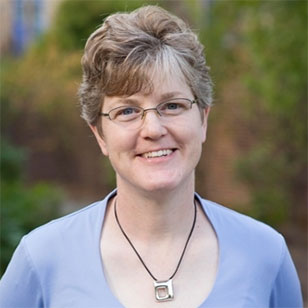
Dra. Senghas es una profesora en el Departamento de Psicología en Barnard College y es la directora del Laboratorio de Adquisición y Desarrollo de Lenguaje. Ver Más
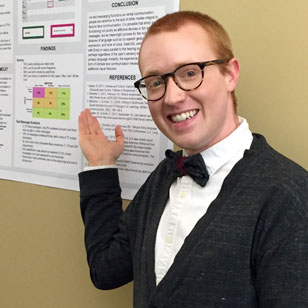
Ezra Plancon se unió como gerente del laboratorio en 2015. El recibió su licenciatura de la Universidad de Nueva York y su maestría en estudios sobre sordos en la Universidad de Gallaudet. Read More
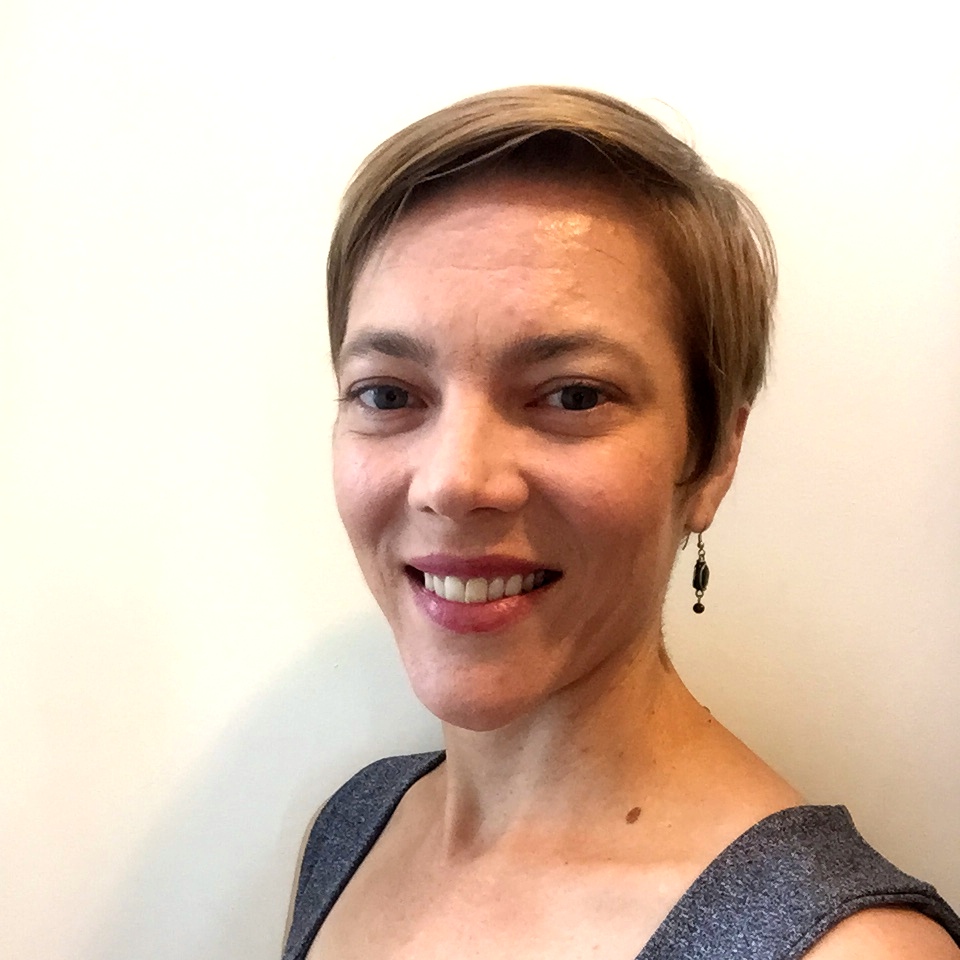
Dr. Martin es asistente professora en Hunter College en Nueva York y ha sido un becaria postdoctoral en el laboratorio LADR desde 2009. Ver Más
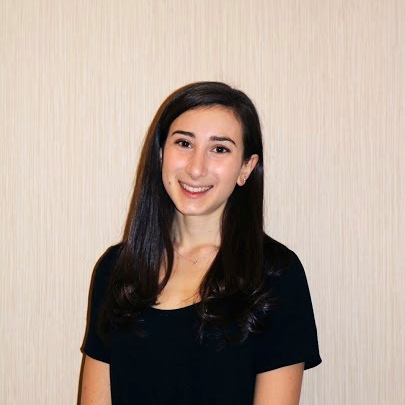
Caroline Zola (Barnard College ‘17) es una asistente de investigación. Ella esta especializándose en Lingüísticas y un secundario en Antropología. Ver Más
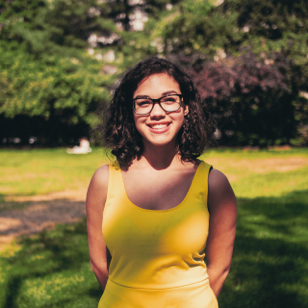
Charlotte (Barnard College '18) esta estudiando psicología y esta interesda en como enfermedades mentales afectan el desarrollo de adolescentes, especialmente en poblaciones Latinos Read More